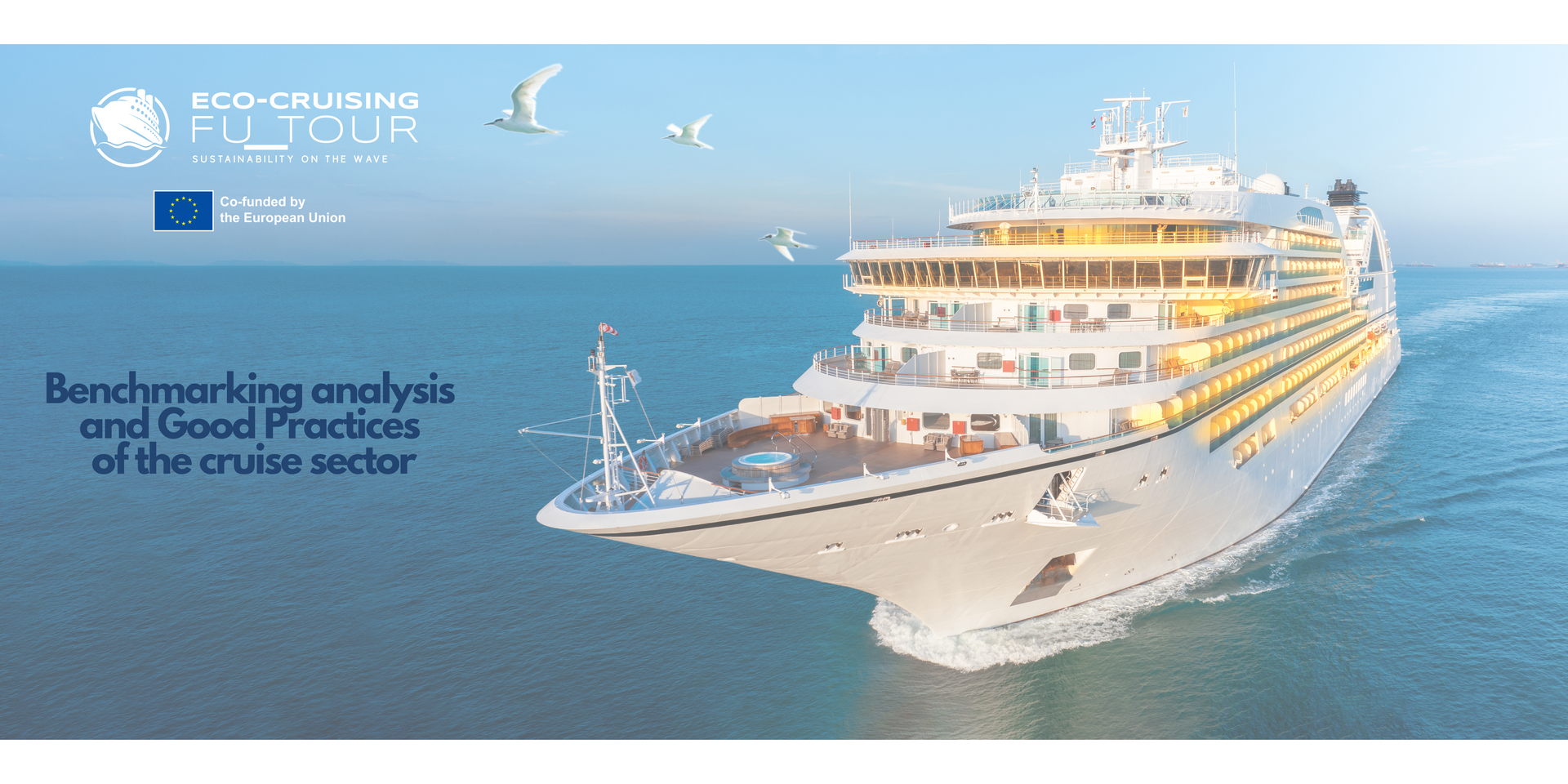State-of-the-Art of the cruise sector and related stakeholders| Benchmarking analysis and Good Practices

The benchmarking analysis and the Good Practices presented in this article, is the third output of the “Assessment Analysis & Strategic Planning for Sustainable Cruise Destinations” stage of the project. Specifically, the Good Practices report is the first public report of the EU ECO-CRUISING FU_TOUR project.
In this specific report, are investigated the opportunities and barriers in the eco-cruise sector by mapping Good Practices in the sector and in the different participating countries. One of the main targets of this task was to provide practical guidance to West Mediterranean Small and Medium Enterprises (SMEs) in the tourism sector, by identifying and presenting Good Practices from this region to the public audience.
Specifically, the process of determining the final list of best Good Practices consisted of three steps:
- First, acquiring a list of 22 potential Good Practices based on input from the Consortium Partners (Collection Phase).
- Then, narrowing down the list based on some predetermined selection criteria, namely soft and hard impacts, to identify the 14 actual Good Practices (GPs) (Selection Phase).
- Finally, we proceeded with the evaluation of 14 Good Practices (GPs) based on a specific set of evaluation criteria in order to reach the nine (9) Best Good Practices (BGPs) required by the project.
The analysis moved one step further to look at the identified Best Good Practices in correlation with seven (7) main challenges in the tourism sector stakeholders’ major challenges that were identified by Stakeholders from the previous tasks of the ECO-CRUISING FU_TOUR project. These challenges were :
- big data handling,
- protection of environment & biodiversity,
- over tourism,
- sustainable tourism growth,
- well-being of local communities,
- cooperation with cruise lines and, finally,
- covid-19 safety/hygiene measures and traveler safety.
It is observed from this correlation between the main challenges in the tourism sector with the nine (9) selected Best Good Practices (identified in this task), that the identified Best Good Practices (BGPs) can solve / mitigate some of the main challenges identified by stakeholders in the tourism sector or, at least, make some steps forward to this direction.
Specifically, big data handling is addressed by four (4) out of nine (9) BGPs, either directly or indirectly.
Protection of environment and biodiversity is a challenge targeted by almost all the evaluated BGPs showing the focus of the cruising industry to sustainable and responsible practices and, more specifically, practices focusing on environment protection. This goes in line with the fact that sustainable tourism growth, as well as well-being of local communities are among the challenges targeted by most BGPs.
On the other hand, overtourism seems to be out of focus for most of the BGPs, as it is a topic that is not considered so urgent at the moment, while now sustainable tourism growth seems to be the most critical post-pandemic challenge.
Cooperation with cruise lines, which is among the most important challenges identified from Stakeholders, is also targeted by most of the evaluated BGPs leading the way to implementing practices into the supply chain business and development models to tackle this challenge.
Finally, Covid-19 safety/hygiene measures and travelers’ safety, is a quite delicate matter, given that Covid-19 was a very hot topic during the previous years with many Good Practices being successfully implemented.
The identified nine (9) Best Good Practices presented in the report provide significant insight and can be used ad hoc as a roadmap for businesses, companies, and destinations towards implementing sustainable practices in the future. Moreover, they can be used as reference points, which tackle some of the most important challenges identified in the cruising industry in WESTMED, in creating a Strategic Plan to support WESTMED tourism businesses, companies and destinations to implement sustainable practices into their business and development models.
Creating a Strategic Plan to support WESTMED tourism businesses, companies and destinations to implement sustainable practices into their business and development models is a multi-dimensional task and, thus, requires a holistic approach for its achievement.
It is important, though, to identify two very distinguished groups of destinations through the lens of destination maturity, when it comes to the cruising industry and the specific needs of this project.
The majority of the identified Best Good Practices come from the so-called mature cruise tourism destinations, which was partly expected given their exposure to over tourism challenges and their experience in managing high volumes of visitors. Based on this experience, it was only logical that these destinations are significantly ahead and have more reference cases to present regarding their development strategy.
The target for smaller, less mature cruise tourism destinations, is to assess the learnings of mature cruise tourism destinations and identify smart and effective ways to adapt those learnings on their businesses, companies and destinations in order to optimize the strategy making process, by saving valuable time and financial resources, thus avoiding starting from scratch.
Moreover, it is very important to keep in mind that the soft and hard impacts that were used for the evaluation of the GPs should be an inseparable part of any Strategic Plan towards sustainable tourism, as they are the main toolbox of the above mentioned holistic strategic approach.
The right balance between soft and hard impacts will depend on a case-by-case approach on the actual needs of each cruise tourism destination.
As for any potential future Good Practice, to succeed in solving the identified challenges, they should be able to achieve an optimum mix of soft and hard impacts and, thus be able to target multiple challenges at the same time in various thematic areas, due to the complex operational environment.


